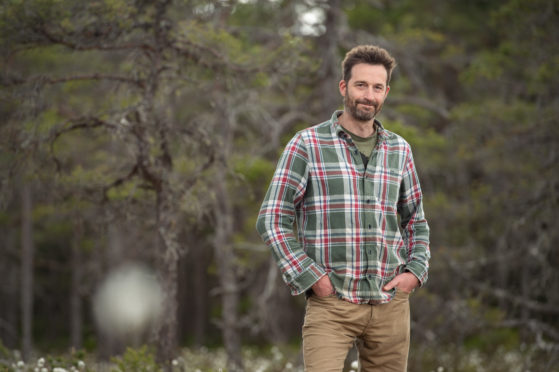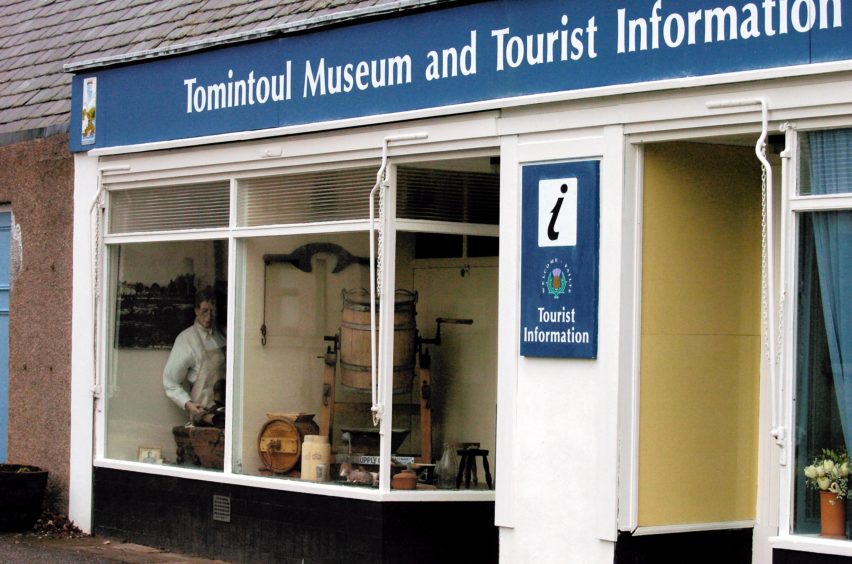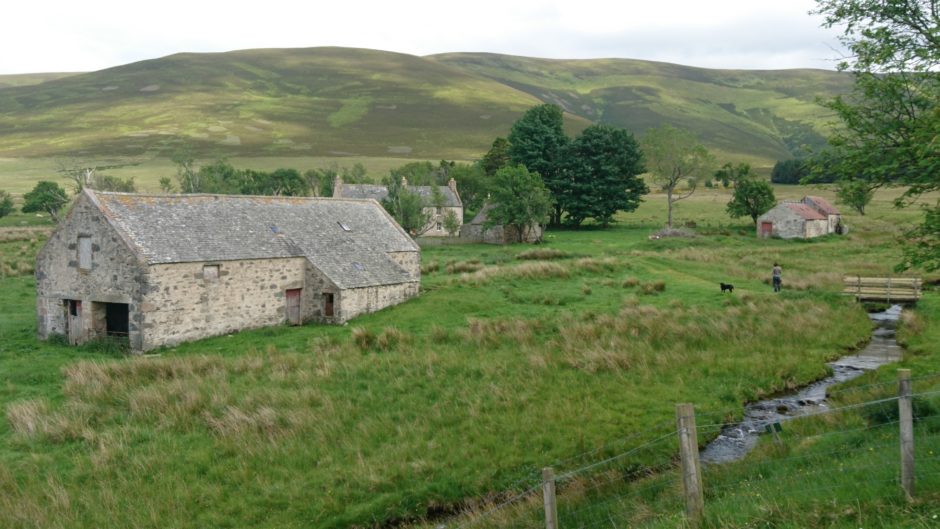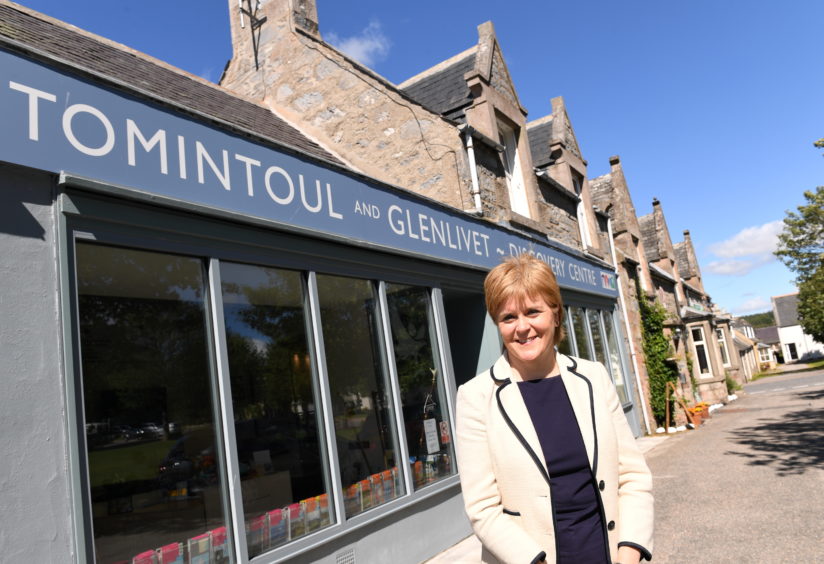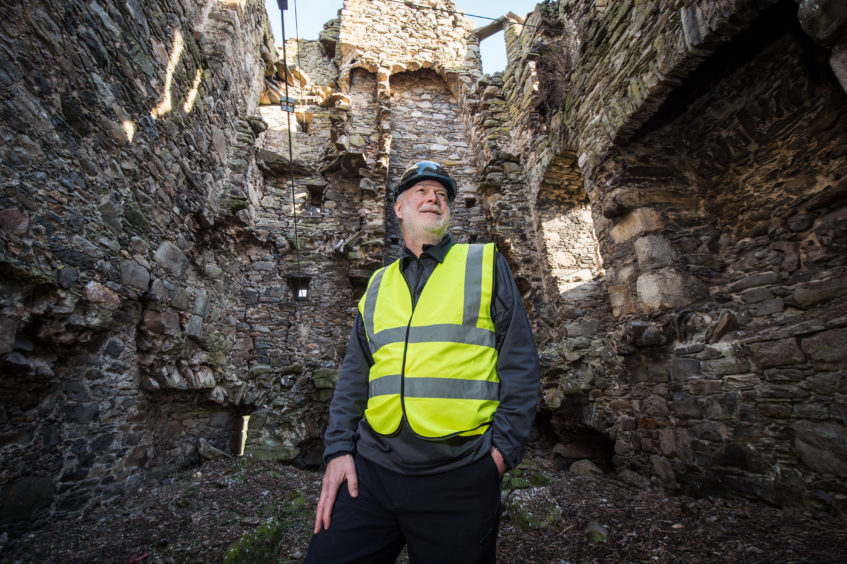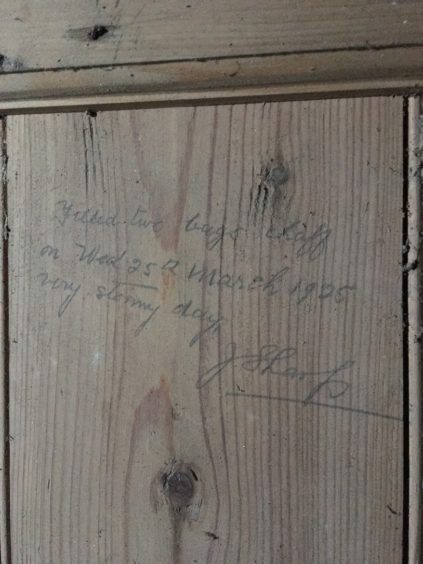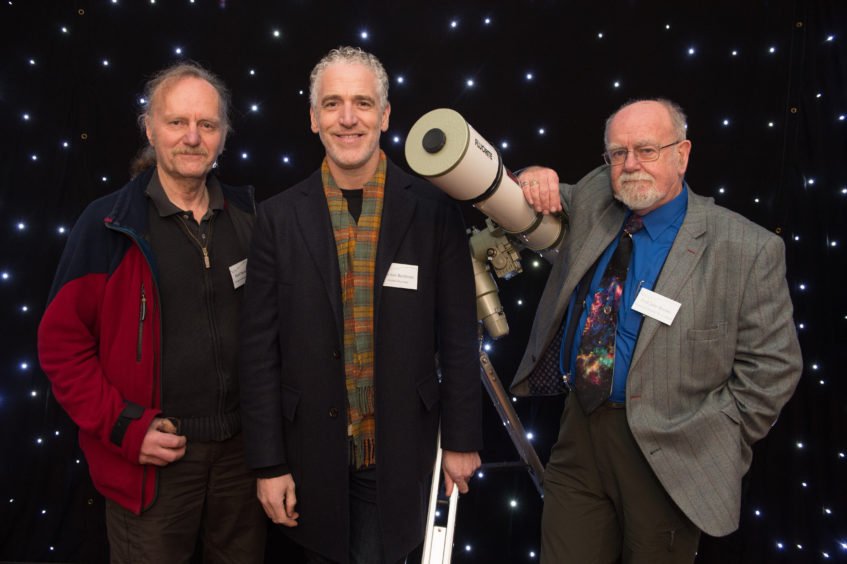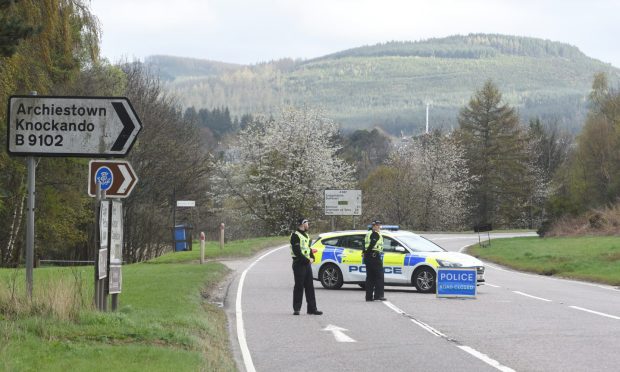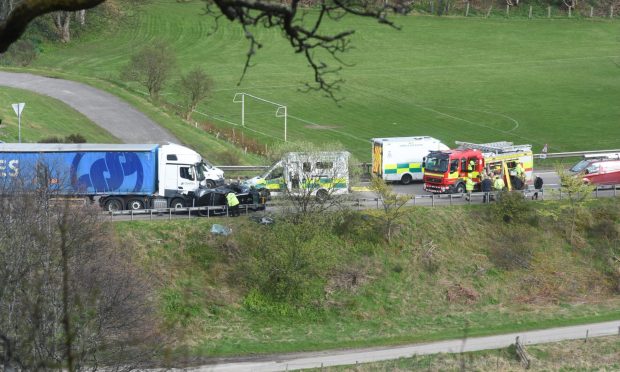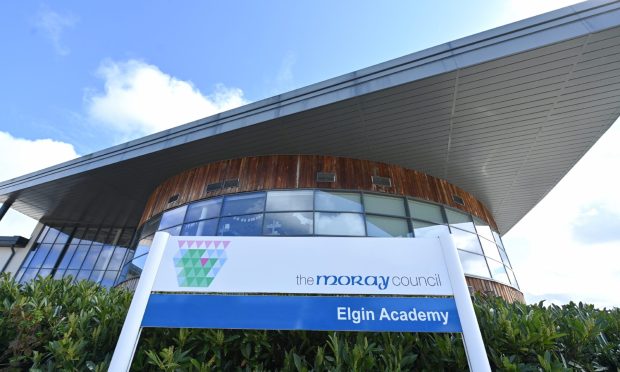As tourists begin to return to Scotland, David Mackay speaks to the man leading efforts to promote and protect Tomintoul and Glenlivet for years to come
A decade ago, concerns were growing about the very future of some of Scotland’s most remote communities.
Glenlivet is one of the most famous locations across the world in the Scotch whisky industry while Tomintoul has long found fame as the north’s highest village.
However, despite both of their places on a well-trodden tourist route, anxiety was growing among locals that the area was being overlooked as a destination to stop at while on the trail.
Those fears grew when in 2013 the Scottish Youth Hostel Association announced it was going to shut its accommodation in Tomintoul.
A year later Moray Council pulled its funding for the museum in the village and all the time some of the area’s most historic and significant ruins crumbled with little hope of finding the money to save them.
The communities, however, were not prepared to become merely signposts and have since spearheaded initiatives to attract visitors, preserve their heritage and protect their infrastructure.
More than 20 organisations including the Tomintoul and Glenlivet Development Trust, the Cairngorms National Park Authority, Crown Estate Scotland, Historic Environment Scotland and Highlands and Islands Enterprise teamed up to secure £3.6million from the Heritage Lottery Fund in 2016.
Four years on, and with the Tomintoul and Glenlivet Landscape Partnership (TGLP) project due to come to an end this year, the cash has funded a £500,000 revamp of Tomintoul Museum, which has been rechristened the Discovery Centre, the hidden history of the secluded Scalan seminary that kept Catholicism alive in the north during the 18th century will soon be open to the public and projects have been run to maintain walking paths and create bird habitats for under-threat lapwings, also better known to locals as peesies.
Meanwhile, plans are being drawn up to create a lasting legacy for the area by building on the success of having Tomintoul and Glenlivet designated as the world’s most northerly dark sky park due to its remote location offering clear views of the stars at night.
Will Boyd-Wallis, TGLP’s programme manager, has been on the partnership’s board since the beginning in his role as the National Park Authority’s head of land management.
He said: “It was felt in Tomintoul and Glenlivet that the area was being overlooked by visitors.
“In some ways it was seen as just a place to pass through. Yet, we know and the people living there know it’s a wonderful place with a really fascinating history.
“We felt we could help the community and work with them to share their hidden histories and really put Tomintoul and Glenlivet on the map.
“Early on in the scheme we went through a long development phase and splitting them up into three categories – to enhance the natural environment, celebrate the area’s heritage and developing skills for young people.
“The Discovery Centre was really at the core of that to create a hub for people to go to before going out to other parts of the area to see other things.”
Projects run elsewhere including the creation of tourist trails The Snow Road, which runs from Blairgowrie to Grantown through Tomintoul, and the circular NE250 have contributed to successes too.
Mr Boyd-Wallis said: “That’s all part of the big picture. It’s about trying to encourage people to slow down and enjoy the national park and its communities.”
The revamped museum opened its doors again in April 2018, four years after the Tomintoul and Glenlivet Development Trust took ownership of the building to save it from closure.
Inside virtual reality is being used to allow visitors to explore the area while stories and memories from older generations are in the process of being recorded to be made available for people to listen to tales from the area’s farming and distilling heritage.
Away from the museum a project is currently underway to display more information about local sights – some of which, including the 16th century ruins of Blairfindy Castle which was burned down by government troops following the Battle of Culloden, were at risk of not being around much longer.
Mr Boyd-Wallis said: “It’s not particularly attractive at the moment, there’s been a massive stabilisation brace in there for a while.
“Even with that inside though it we were at the point where in the next few decades it would have snapped and the whole thing would have collapsed, there would have been just stones left – it’s been an extremely complicated project.
“That project, and so many others but this one particularly, has been the result of a lot work being done by local volunteers who care so passionately for what we have here.”
Work is also being done at the rural former Scalan seminary, where Catholic priests were trained in secret in defiance of a government ban in the 18th century.
However, the remote location’s story does not end there with remnants of a forgotten way of life waiting to be discovered by visitors.
Mr Boyd-Wallis said: “The history of it with the Catholic church is one thing but its agricultural history with the water mill and threshing mill is really fascinating.
“It really is an insight into the way things were done long ago.
“The graffiti really brings it to life though. Some of it is fairly general but some give hints are what they were doing in bored moments. It’s all been preserved and protected.”
With the four-year funding plan from the Heritage Lottery Fund due to end in December, following a three-month extension due to coronavirus, the focus of the partnership has inevitably moved to creating a legacy.
Repairing paths and cultivating habitats for birds can help in the short-term – but schemes have also been established to share equipment and secondary school pupils have assisted in the stabilisation of Blairfindy Castle to help them learn the skills needed to care for the aging architecture.
Elsewhere, the ownership of the former SYHA hostel has been transferred to the Tomintoul and Glenlivet Development Trust with profits from The Smugglers supporting the group’s other projects in the village.
And plans are being developed to ensure the benefits of the creation of the Cairngorms Dark Sky Park will continue long after the TGLP has concluded.
Mr Boyd-Wallis said: “This is something that has really been driven by local astronomers but we have helped pull it all together because it involves distilleries, farms and other land owners reducing their lighting.
“It’s a good example of what can be accomplished when a landscape partnership pulls different organisations together.
“We are very actively involved in looking into other attractions for the area which might include an observatory, for example.
“If that goes ahead then it would be a huge draw for the north-east and would no doubt generate a lot of interest in the night sky.
“We’re very keen to progress that because of the obvious legacy it would have.”
